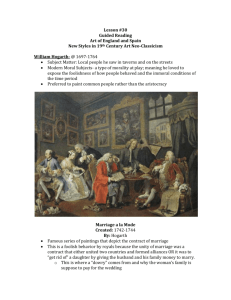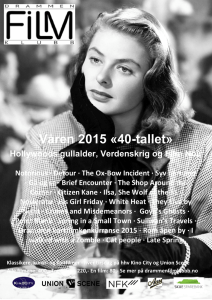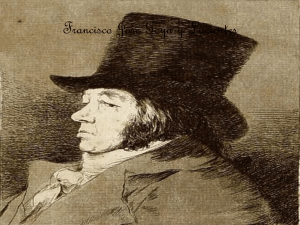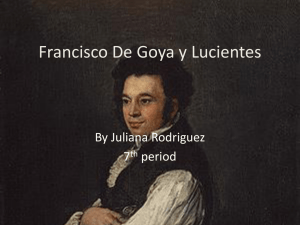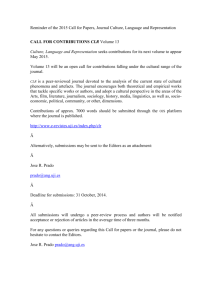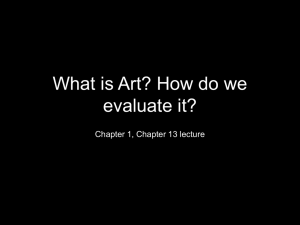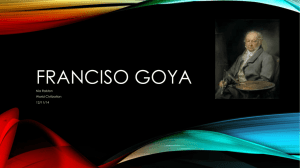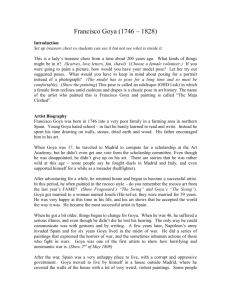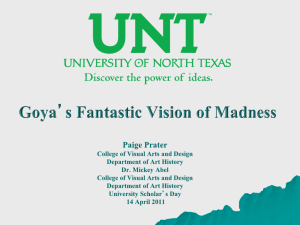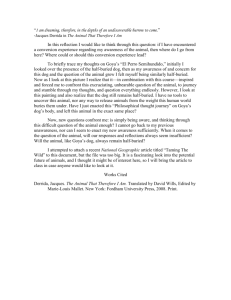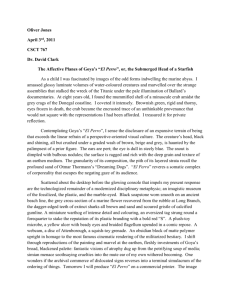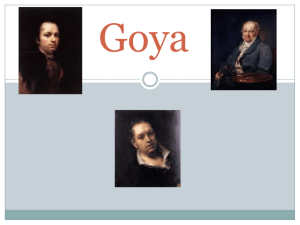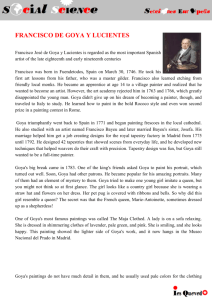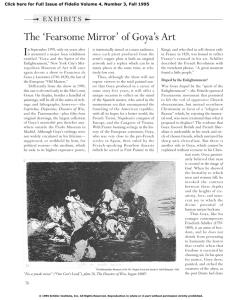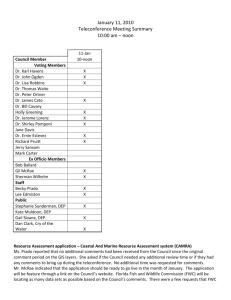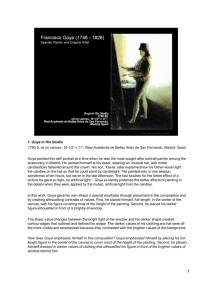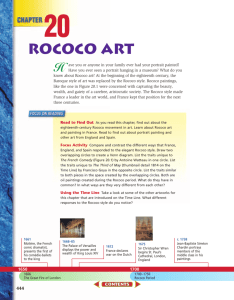Is the Prado's Colossus by Goya after all?
advertisement
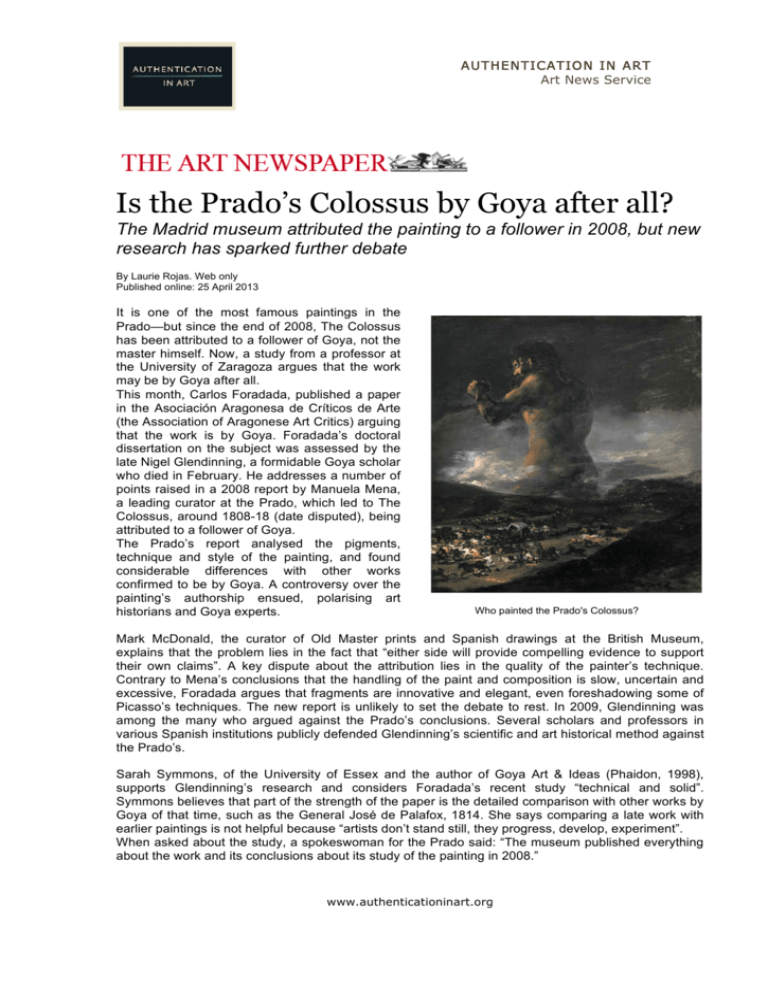
AUTHENTICATION IN ART Art News Service Is the Prado’s Colossus by Goya after all? The Madrid museum attributed the painting to a follower in 2008, but new research has sparked further debate By Laurie Rojas. Web only Published online: 25 April 2013 It is one of the most famous paintings in the Prado—but since the end of 2008, The Colossus has been attributed to a follower of Goya, not the master himself. Now, a study from a professor at the University of Zaragoza argues that the work may be by Goya after all. This month, Carlos Foradada, published a paper in the Asociación Aragonesa de Críticos de Arte (the Association of Aragonese Art Critics) arguing that the work is by Goya. Foradada’s doctoral dissertation on the subject was assessed by the late Nigel Glendinning, a formidable Goya scholar who died in February. He addresses a number of points raised in a 2008 report by Manuela Mena, a leading curator at the Prado, which led to The Colossus, around 1808-18 (date disputed), being attributed to a follower of Goya. The Prado’s report analysed the pigments, technique and style of the painting, and found considerable differences with other works confirmed to be by Goya. A controversy over the painting’s authorship ensued, polarising art historians and Goya experts. Who painted the Prado's Colossus? Mark McDonald, the curator of Old Master prints and Spanish drawings at the British Museum, explains that the problem lies in the fact that “either side will provide compelling evidence to support their own claims”. A key dispute about the attribution lies in the quality of the painter’s technique. Contrary to Mena’s conclusions that the handling of the paint and composition is slow, uncertain and excessive, Foradada argues that fragments are innovative and elegant, even foreshadowing some of Picasso’s techniques. The new report is unlikely to set the debate to rest. In 2009, Glendinning was among the many who argued against the Prado’s conclusions. Several scholars and professors in various Spanish institutions publicly defended Glendinning’s scientific and art historical method against the Prado’s. Sarah Symmons, of the University of Essex and the author of Goya Art & Ideas (Phaidon, 1998), supports Glendinning’s research and considers Foradada’s recent study “technical and solid”. Symmons believes that part of the strength of the paper is the detailed comparison with other works by Goya of that time, such as the General José de Palafox, 1814. She says comparing a late work with earlier paintings is not helpful because “artists don’t stand still, they progress, develop, experiment”. When asked about the study, a spokeswoman for the Prado said: “The museum published everything about the work and its conclusions about its study of the painting in 2008.” www.authenticationinart.org
